FIR crossovers take a serious amount of processing power so you would probably be limited to using a PC for the crossover
RPI 3+ or RPI 4 can easilly run convolution of FIR filters with 65536 taps.
FIR crossovers take a serious amount of processing power so you would probably be limited to using a PC for the crossover
As @thorvat showed higher frequencies are easy to do with a few taps, low frequencies are what require a lot of taps.
Michael
and these are computers are they not? just a single board computer.RPI 3+ or RPI 4 can easilly run convolution of FIR filters with 65536 taps.
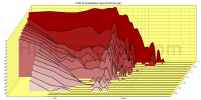

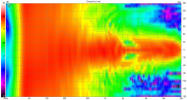
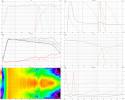
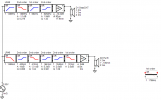
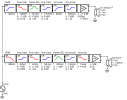
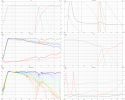
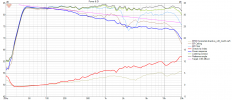

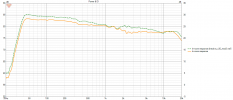
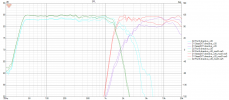
and these are computers are they not? just a single board computer.
Yes ofc!
Been experimenting alot lately with crossovers in my DIY M2 with beryllium large format compression drivers that allows me to play around more than the original M2 compression driver would.
The crossover slopes matters a whole lot more than I originally thought it would and I just can't get a 48 dB crossover (no FIR) to sound decent. I think perhaps the phase shift is too great and is most likely the culprit.
How does a 48 dB crossover look like compared to a 36 dB LR (tweeter inverted) and 24 dB LR in the verticals for this speaker?
Edit; ah, I see above. Excellent stuff. 48 dB doesn't look too good.
I don't want to dampen your enthusiasm (probably do anyway), but you should be careful to keep within the E12 range for component values. Otherwise, people will have to start unwinding coils.
Since, due to non-optimal initial measurements, there are slight differences between VCAD and real measurements (which is usually not the case), you should always include the difference from the measured version v20 as an overlay to have a reference.
And it would be, IMO, better to discuss such specific things in the Directiva crossover thread.
That's exactly the point. The initial measurements of the drivers are not quite "cleanly" executed. Therefore, there are slight deviations between simulated crossover and real measurements.As for the overlay. I used the files from the measured version as posted by Rick, simply deleted the crossover, and started from scratch. So this was simulated using the real measurements.
That's exactly the point. The initial measurements of the drivers are not quite "cleanly" executed. Therefore, there are slight deviations between simulated crossover and real measurements.
For example, in version v20, the dip in the sound power frequency response became deeper than intended and will most likely need to be compensated for during fine tuning.
But we know the difference between simulated version v20 in VCAD and Amir's CEA2034 measurement of the Directiva.
We know the deviations of v20 from the real measurements. Therefore, v20 serves as a reference to make estimates about other simulations.
Understood. Will there be further measurements made which will be correct? Just thinking in terms of passive crossovers that for potential builders it would be handy not to have to consider component changes to adjust for data offset.
Yes, I will generate some spins using the newer woofer that I have.
Also, we were waiting to post a passive crossover because of potential changes after I listen in stereo.
I must confess to an unconditional preference for Linkwitz-Riley crossover filters. I find it amazing that for an art like crossover design that has been practiced for so many years, it has taken so long before someone finally took time to sit down and work out the correct way of doing it. There is no excuse for anything less than full phase coherence between drivers so that they cross over at -6dB. It just doesn’t get any better. Ever. 4th order roll-off will produce approximately 2nd order electrical slopes, which is enough for power handling.








Looks pretty good! My main comment isn't on the crossover, but your scaling - keep Y scale at 50db so you see 50-100db and not 10-100db. Otherwise you can make a very bad speaker look a lot flatter than it really is!

Due to the scaling, I tried it and saw a broad rise around 1khz, so to fix this I would suggest you shift the woofers IIR 750hz peak filter just up to 870hz and drop the level down a bit more. Gets it a bit flatter.

That's not to say building these and using v20 crossover would sound rubbish, it would sound great, might just need a lil tweak here and there for your own version.
